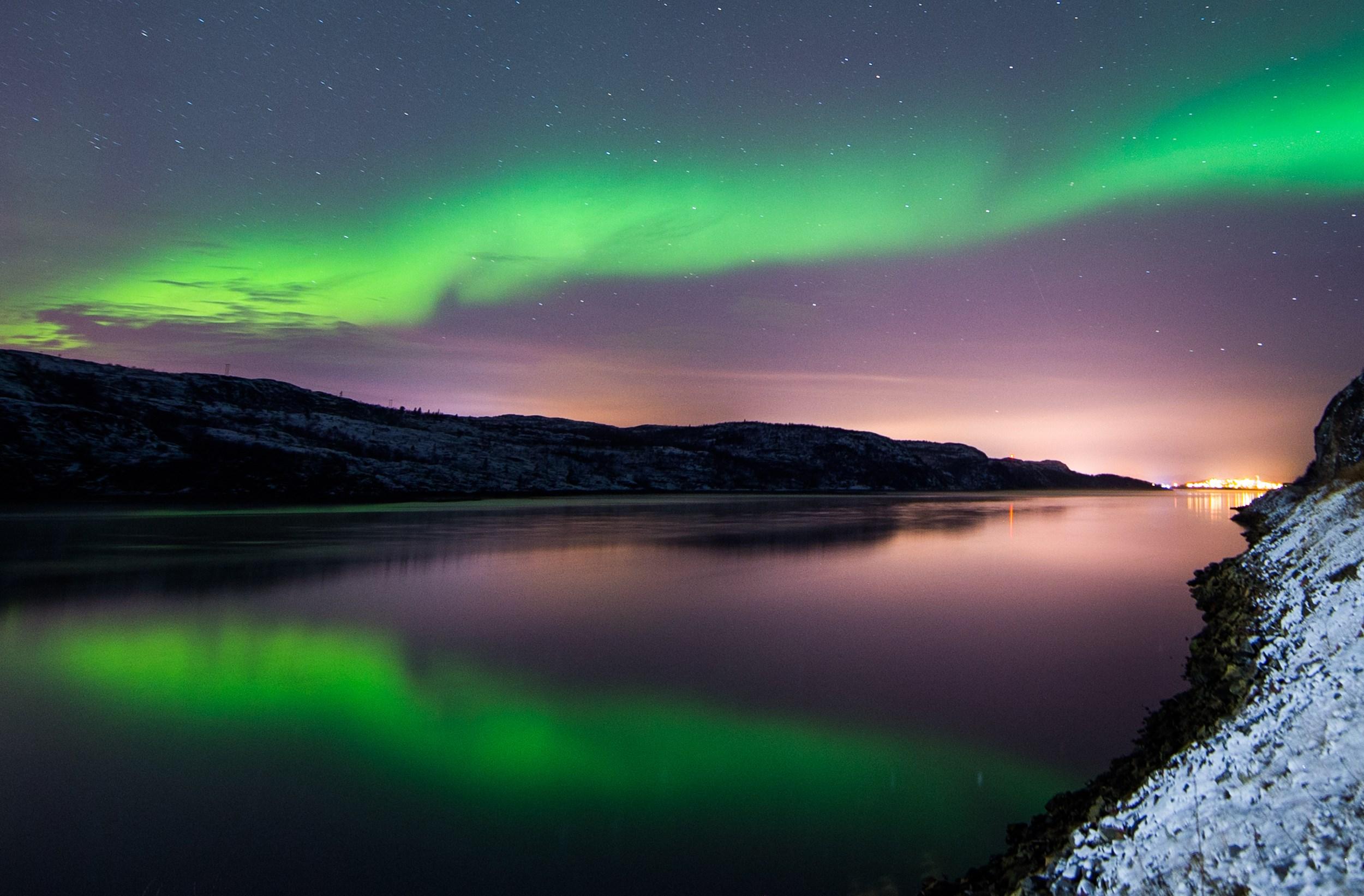

The most likely candidates are brown dwarfs, which are bodies larger than planets but smaller than stars.

The last is remarkable because Venus doesn't have a magnetic field, so that planet's northern lights appear as diffuse patches throughout its atmosphere.Īstronomers hope to identify northern lights outside the solar system. Weak northern lights have been detected on Mercury, Mars and even Venus. Even Uranus and Neptune, far from the sun, host northern lights. Jupiter and Saturn have magnetic fields stronger than Earth's, so they have truly impressive displays.
Nichols (University of Leicester)) (opens in new tab)Įarth isn't the only planet to host northern lights. This NASA Hubble Space Telescope image shows auroras above the poles of Jupiter. However, it wasn't until the early 1900's that Norwegian scientist Kristian Birkeland first outlined the connection between solar charged particles, the elements in the atmosphere, and the northern light shows, according to a British Antarctic Survey site (opens in new tab). In 1741, Swedish astronomer Olof Hiorter observed a compass needle rhythmically swing back and forth in time with the undulations of the lights, confirming that magnetic fields were also involved. Galileo thought the northern lights were caused by sunlight reflecting off of high-altitude clouds, and Benjamin Franklin theorized that they were caused by concentrations of electrical charge. The "aurora" references the Roman goddess of the dawn, and "borealis" is the Greek name for the north wind, so a rough translation of the name is "northern dawn." What are the aurorae borealis?Īnother name for the northern lights is the aurora borealis, a name given to the effect by Galileo Galilee. To the Maori people of New Zealand, the southern lights were great torches in the sky lit by their ancestors as they sailed south, according to NASA.Įven the Greeks, who almost never experienced the northern lights themselves, knew about them from travelers and traders, and they were described by the fourth-century explorer Pytheas. For example, the Emperor Xuanyuan from Chinese mythology, the founder of Chinese culture and the ancestor of all Chinese people, was said to have been fathered by the northern lights. People throughout history have seen and recorded northern (and southern) lights, and the lights feature commonly in many folklore traditions. Who first identified the northern lights? During those events, the northern lights will appear much brighter and can be seen farther south, because the excess charged particles overwhelm the usual funnel system of the Earth's magnetic field, according to the Space Weather Archive. Also, sometimes the sun releases an enormous number of particles all at once in an event called a coronal mass ejection. When the sun is cycling through a more active phase, the solar wind can become much stronger.

So the northern lights are matched by southern lights, but since it's much more difficult to visit the Antarctic, the northern lights are much more commonly viewed. These charged particles get caught up in the Earth's magnetic field, which funnels some of them to the north pole and some to the south poles, where they slam into our atmosphere, creating the remarkable display.


 0 kommentar(er)
0 kommentar(er)
